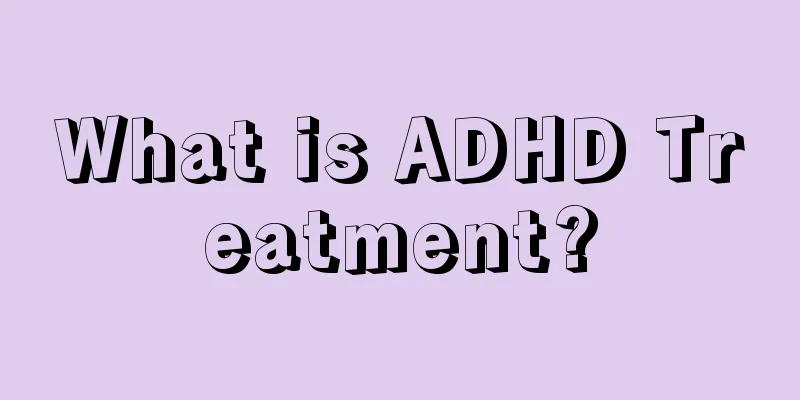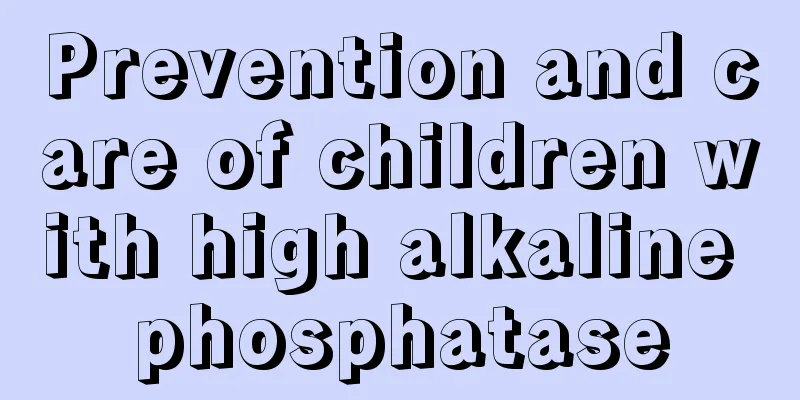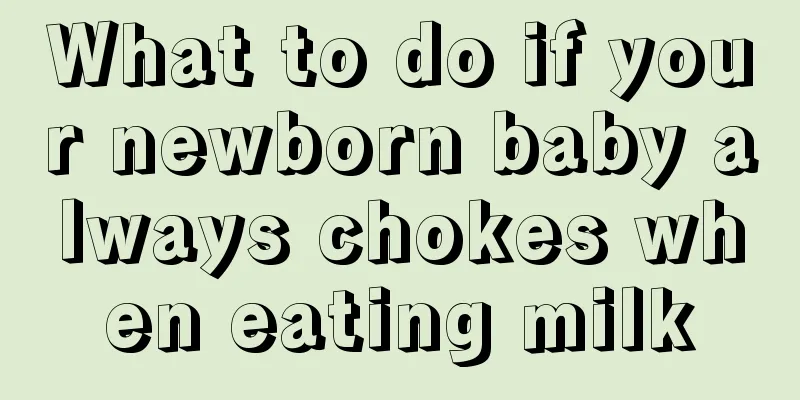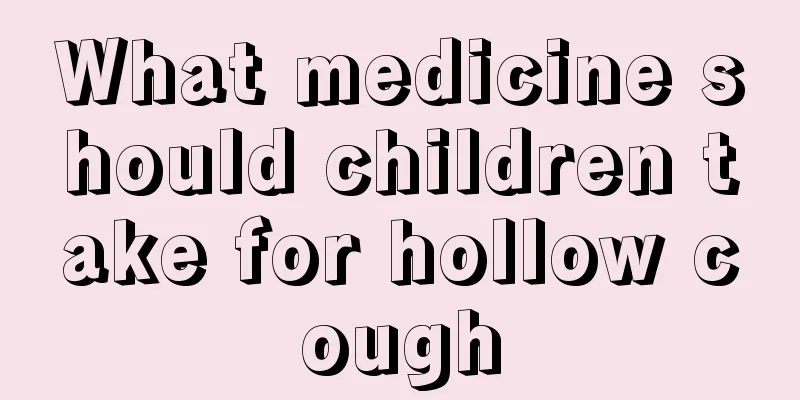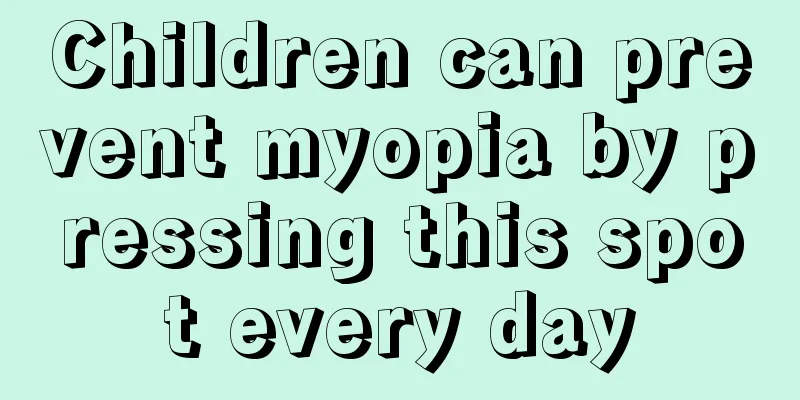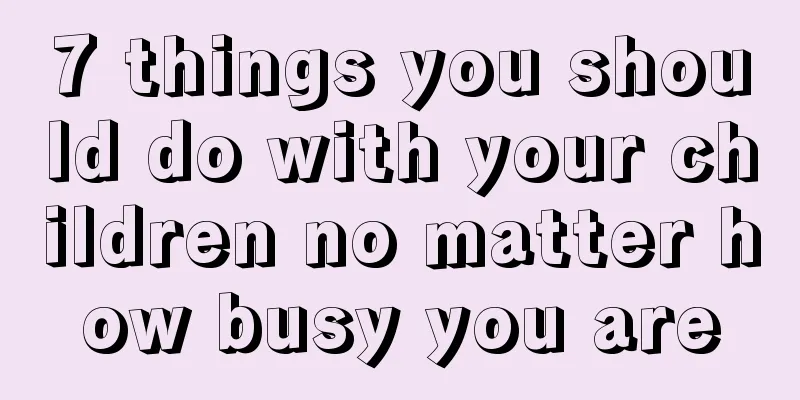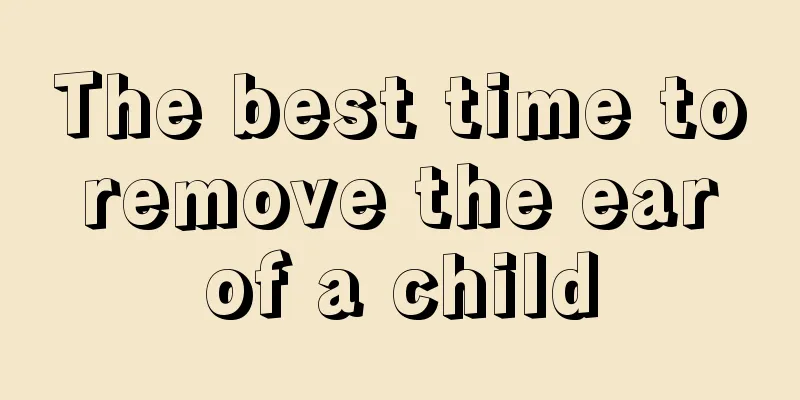Children with roseola have been exposed to the wind after the rash appeared
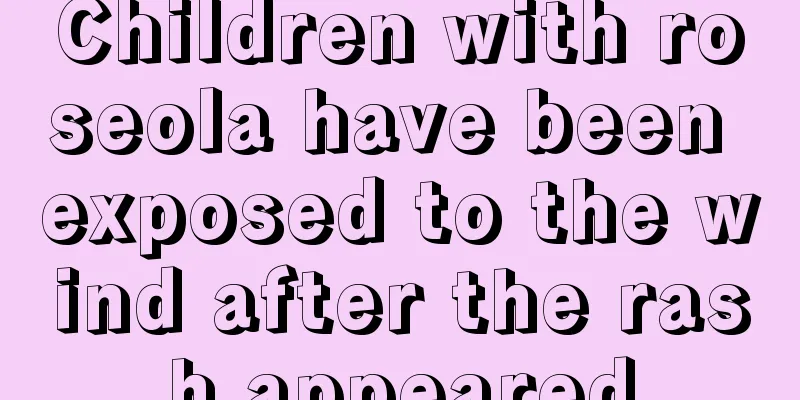
|
There are many parents around us who worry about their baby's physical condition. A detail or a small movement or habit that we don't pay attention to may cause certain harm and damage to the baby's body. Liu said many babies live with viral or bacterial infections that can cause their systems to develop allergic reactions. So let’s find out what to do if your baby is exposed to the wind after having a rash. 1. Nursing should be the key to treating roseola in infantsRoseola infantum mostly occurs in infants and young children aged 6 to 18 months. The disease often develops suddenly, with a rapid rise in body temperature, usually between 39°C and 40°C. Severe patients with high fever in the early stages may have convulsions, and some may experience mild runny nose, cough, eyelid swelling, and conjunctivitis. During the fever period, there are symptoms such as poor appetite, nausea, vomiting, mild diarrhea or constipation, as well as congestion in the pharynx and swollen lymph nodes in the neck. After three to five days of fever, the body temperature drops suddenly. After the fever subsides, the child may develop light red macules or maculopapules of varying sizes all over the body, starting from the chest and abdomen and quickly spreading to the whole body. At this time, the child's fever has subsided and he can fall asleep peacefully. This is medically called "fever rash", which is a unique manifestation of roseola infantum.
Young children suffering from roseola generally do not need special treatment. As long as they receive intensive care and appropriate symptomatic treatment, they will recover on their own after a few days. After a child is diagnosed with roseola infantum, parents should let the child rest in bed, try to reduce the number of outdoor activities, and pay attention to isolation to avoid cross infection. When a child has a fever, he should be given plenty of water, easily digestible food, and appropriate supplements of vitamin B and vitamin C. If the body temperature is high and the child is crying and irritable, physical cooling or a small amount of antipyretic drugs can be used to avoid convulsions. When a young mother encounters this situation, she should not rush to reduce her child's fever. Instead, she should check her child's vaccination status and cooperate with the doctor's treatment. |
<<: What causes bleeding in the child's ears?
Recommend
Can children drink soy milk?
Children’s diet is different from that of adults,...
How to cut nails for newborn baby?
Newborn babies are in the stage of growth and dev...
What to do if your child has a fever and headache
Many babies will have fever and pain, and many pa...
What is the reason for yellow teeth in babies?
What is the reason for the baby's teeth to be...
Small pustules on the newborn's head
The skin of newborns is very delicate. Parents sh...
These few words from parents actually affect their children's lives!
In the process of children's growth, what the...
Can my baby take a bath if he has a cold and a runny nose? The approach must be correct
When babies have a cold and a runny nose, many pa...
How to cure a child's stuttering?
The stuttering problem in children must be treate...
Causes of leg pain in children
Many parents are very concerned about their child...
What to do if your 2-year-old baby has diarrhea
It is not uncommon for two-year-old babies to suf...
What is the treatment for neonatal insecurity?
The lack of security in newborns often makes our ...
The harm of sleeping with the light on to children
Sleeping with the lights on has a great impact on...
How many times a day is normal for a baby to poop?
For young people who become parents for the first...
Baby's cheeks are red
Basically every parent hopes that their baby is w...
What are the symptoms of food poisoning in children?
Many people will have some food poisoning. Now du...
